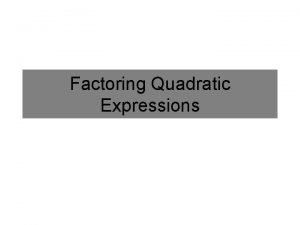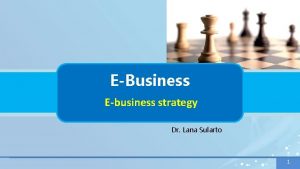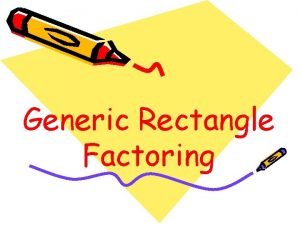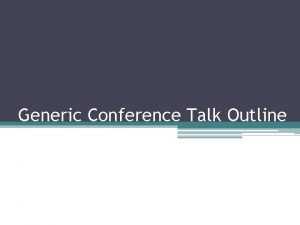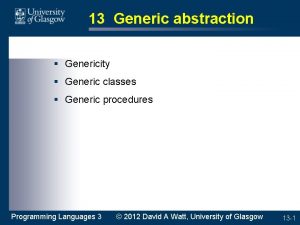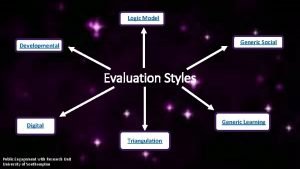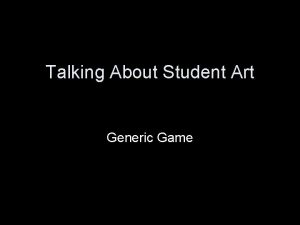Generic Conference Talk Outline This conference talk outline






- Slides: 6

Generic Conference Talk Outline

• This conference talk outline is a starting point, not a rigid template. • Most good speakers average two minutes per slide (not counting title and outline slides) • Most speakers use about a dozen slides for a twenty minute presentation. • Mc. Nair presentation— 12 minutes plus 5 minutes for questions

• Title/author/affiliation (1 slide) • Forecast (1 slide) Give gist of problem attacked and insight found (What is the one idea you want people to leave with? This is the "abstract" of an oral presentation. ) • Outline (1 slide) Give talk structure. Some speakers prefer to put this at the bottom of their title slide. (Audiences like predictability. )

• Background ▫ Motivation and Problem Statement (1 -2 slides) (Why should anyone care? Most researchers overestimate how much the audience knows about the problem they are attacking. ) ▫ Related Work (0 -1 slides) Cover superficially or omit; refer people to your paper. ▫ Methods (1 slide) Cover quickly in short talks; refer people to your paper.

• Results (4 -6 slides) Present key results and key insights. This is main body of the talk. Its internal structure varies greatly as a function of the researcher's contribution. (Do not superficially cover all results; cover key result well. Do not just present numbers; interpret them to give insights. Do not put up large tables of numbers. ) • Summary (1 slide)

• Future Work (0 -1 slides) Optionally give problems this research opens up. • Backup Slides (0 -3 slides) Optionally have a few slides ready (not counted in your talk total) to answer expected questions. (Likely question areas: ideas glossed over, shortcomings of methods or results, and future work. )




